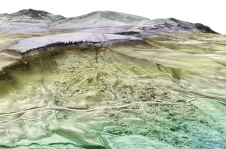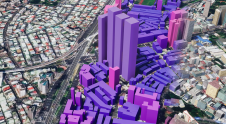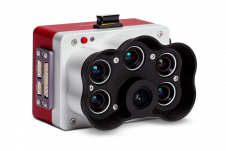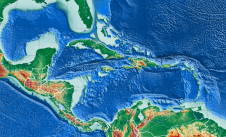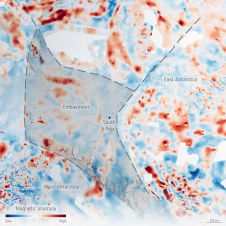Wingtra Unveils Multispectral Camera with Panchromatic Sensor
Wingtra has launched its new MicaSense RedEdge Panchromatic (RE-P) payload. Capturing with the same five bands as the time-tested RedEdge-MX, the RE-P introduces a panchromatic sensor for enhanced resolution, life-like detail and empowering RGB output possibilities. RE-P’s pan-sharpened resolution is double that of the MX, with a three-times faster capture rate, enabling to fly lower to improve the resolution even more.
The RE-P offers pansharpened output resolutions of 2cm flying at 60m. This is twice the ground resolution of RedEdge-MX. These previously unattainable multispectral resolutions are thanks to both the 5.1MP panchromatic sensor and the faster image capture rate – three frames per second. It is also possible to extract useful digital elevation models, just as with a 24MP RGB sensor, plus there’s no need to switch up the software.
RGB Definition and High-resolution Multispectral in One Flight
“We’re excited to bring RE-P to our customers, because it breaks through an efficiency barrier while holding to our high-quality standard. You get both RGB definition and high-resolution multispectral in one flight. Add to this WingtraOne’s fast coverage, easy setup, and high-quality PPK, and we now offer an all-in-one solution for a wide range of projects," said Julian Mackern, product manager,Wingtra.
“The great thing about the RE-P is its cost-effectiveness,” Mackern added. “It’s really like two cameras for the price of one, and you don’t need to do anything out of the ordinary to process a range of useful outputs. You get the payload and are ready to tackle a wide range of projects.”
What Is Panchromatic Imagery, and How Does It Work?
Multispectral images involve precise narrow bands of light captured by each pixel. Since the bands are so narrow, the available light across a pixel is dimmer. So enlarging the pixel size is the way to let in enough light for images to turn out. But the larger the pixel, the poorer the spatial resolution. Adding one more sensor to capture monochrome brings in the possibility of grayscale data capture at a higher spatial resolution. Pansharpening is the fusion of that greyscale, higher resolution imagery with the multispectral. Panchromatic imagery, as a result, offers spectral insights with sharper edges that are not only more accurate, but also more photorealistic.

Make your inbox more interesting.Add some geo.
Keep abreast of news, developments and technological advancement in the geomatics industry.
Sign up for free


